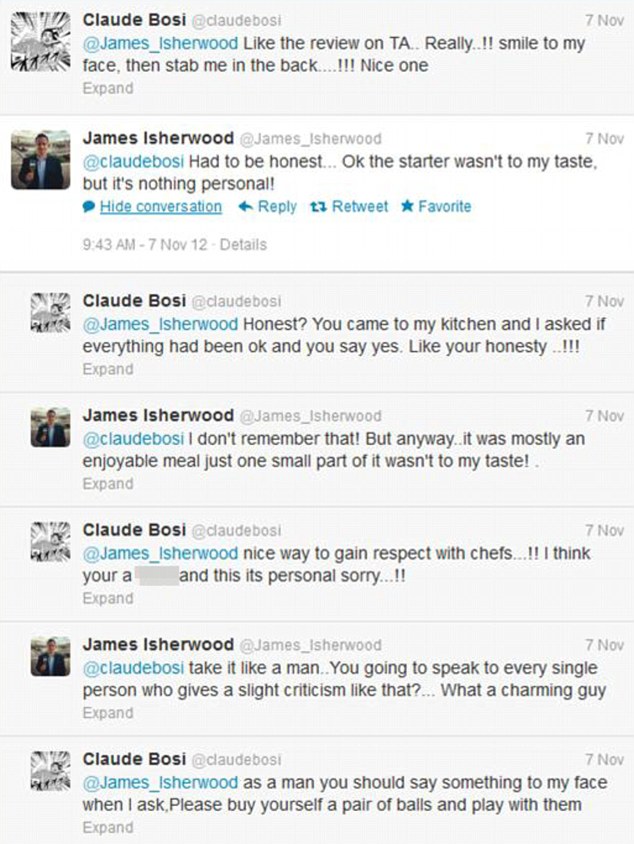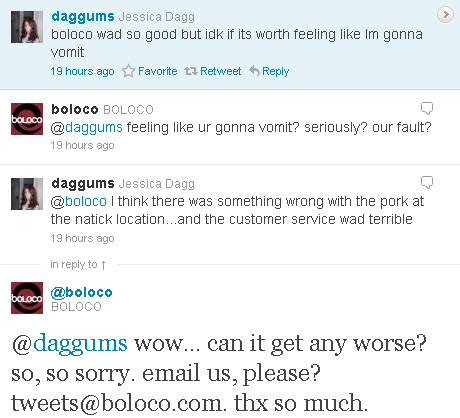Is the Customer Always Right?
Most people are familiar with the old adage ?There is no such thing as bad publicity.? Well, that may have been true back in the 19th century when P.T. Barnum, the showman and circus owner most often credited for the quote, was wowing the crowds across America. But recent business catastrophes such as the 2010 Toyota Recall and the BP oil spill disaster have proven that stance to be dramatically wrong.
Bad Publicity Effects Small Businesses, Too
However, what many business owners may not realize is that you don?t have to be a multi-billion dollar company making international headlines to be affected by bad publicity. With the amount of activity on social media sites like Facebook and Twitter, one person?s complaint about a particular aspect of your business can quickly turn into an avalanche of negative feedback if not handled properly.
Worse still, handling the initial negative comment or comments incorrectly can have an even more damaging effect on your business and its image. Take this example?
Chef Learns How Not to Handle a Bad Review
Let?s look at the case of amateur food critic James Isherwood and UK celebrity chef Claude Bosi in November of 2012. Isherwood runs a very small blog called ?Dining with James? where he reviews local restaurants. Considering the 100 or so Twitter followers he had before November 8th, 2012, you would say that James was anything but well-known in the foodie circles.
Something dramatic happened when Isherwood published his seemingly innocent review of Hibiscus. It definitely struck a chord with chef Bosi because he immediately lashed out with a scathing outburst on Twitter:
From there the battle was joined on both sides from people coming to Isherwood?s defense as well as other celebrity chefs like Tom Kerridge, Sat Bains and Tristan Welch taking up the cry of outrage against people like Isherwood (a.k.a. customers with an opinion and the guts to publish it) under the hashtag of #chefsunite. The whole thing spun so far out of control that national papers like The Guardian, The Telegraph, and The Daily Mail all ran stories on the debacle.
The Chef?s Response Created 99% Of The Issue
The important take away for small business owners and CEOs is that it was Bosi?s outburst that brought the bad review to the attention of thousands, if not millions, of people who may or may not have gone to Hibiscus when they visited London.
The truth of the matter is that Isherwood had a reach of less than 300 people between his blog and Twitter. He also published a review on Trip Advisor (the real cause of Bosi?s outrage), but it was far from the only negative review of Hibiscus on the site and would have passed into oblivion as new reviews came in.
Now, let?s take a look at what happened because of Bosi?s ill-advised tirades. If you take the time to add up all of the shares across various social platforms, comments and other metrics we can actually see from the news stories alone, you will find more than 4,000 individual social interactions. That means a few thousand people who actually took the time to spread the news and countless others who just read the story without actually joining in. If Bosi?doesn?t?think that he lost $1,000?s and an infinite amount of respect from his fellow Brits then he is very out of touch with business in the social media age.
So What Should We Do When We Get A Bad Review?
Let?s face it. Regardless of how good your products and services may be, at some point someone is going to feel like they got short changed. It?s just a fact of business. Twenty years ago it may have resulted in an angry call or letter, or maybe a few neighbors got an earful about how horrible your company was and that?s about as far as it went.
Fast forward to 2013 ? social media and review sites like Yelp or Trip Advisor have changed the business landscape forever. Now an angry customer has the power to create a wave of distrust or fear with a few well-placed reviews or tweet to their fans. So how do you deal with something like that?
Earlier I mentioned the 2010 Toyota recall. It was a complete PR nightmare, impacting customer confidence in the previously?unshakable?Toyota brand. But Toyota did something that few companies, let alone major corporations, usually do. They addressed the concerns and negative comments being passed around the Internet by leveraging social media in what was called a Digg Dialogg, where they gathered questions voted on by Digg users and posted the answers on YouTube.
According to a case study by Mashable, though not the only factor, the humble way in which Toyota dealt with the crisis helped them bounce back into the good graces of the consumers. While it?wasn?t?a full recovery, it was certainly the start of a positive trend that has since continued.
A Better Way To Deal With A Negative Review
Employ a bit of the grass roots strategy used by the Internet savvy owners of Boloco, an East Coast chain of burrito restaurants. Their strategy is surprisingly simple:
- Monitor social media channels for mentions of their brand
- Respond personally to each and every comment in the most engaging, funny, and/or humble way possible
- Rinse and repeat
You may think that it sounds silly and even bordering on a ?waste of time,? but I can guarantee that the positive sentiment these small gestures will produce will be magnified exponentially by creating loyal fans who will recommend you at every opportunity.
Don?t believe me? Check out how Boloco tackled one customer who said that they felt sick after eating there:
Have you ever had a business take that kind of time to express concern for what you?ve been through with their product or service? I sure haven?t. Want proof that the gesture didn?t go unnoticed? Check out what she replied:
Stop for a second and think about what you just saw. The fact that I was able to share that with you means that the information is freely available online for anyone to see anytime. How powerful is that? How easily could you leverage something like this in your business to send your customer approval ratings and overall trust factor through the roof?
Want even more awesome examples? I thought so. Check out these 4 inspiring case studies about Humanizing Your Restaurant to Respond to Bad Reviews. While these examples focus on the restaurant industry, the lessons and strategies they promote can AND should be applied to ANY business.
View Negative Reviews As An Opportunity
Stop seeing bad reviews as the customer?s fault or some horrible plot against your business. Take a step back and see if there?s a way to leverage it to your benefit. The customer may not always be right, but in the 21st century they have a lot more power to do real harm to your brand so don?t pull a ?Bosi? and try to be a bit more ?Boloco.?
Adam J Thompson is the founder of RYP Marketing, an online marketing agency based in Roanoke, VA. Need help with your SEO, link building, or conversion optimization strategies? Reach out to Adam via Twitter or email for a free "quick strategy review".elton john janelle monae MBTA national signing day Solomon Islands Mary Leakey Side Effects
No comments:
Post a Comment
Note: Only a member of this blog may post a comment.